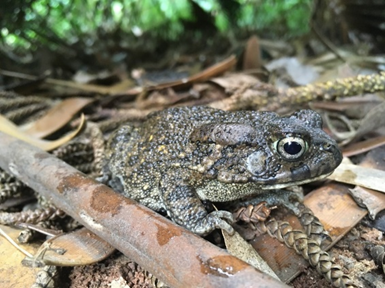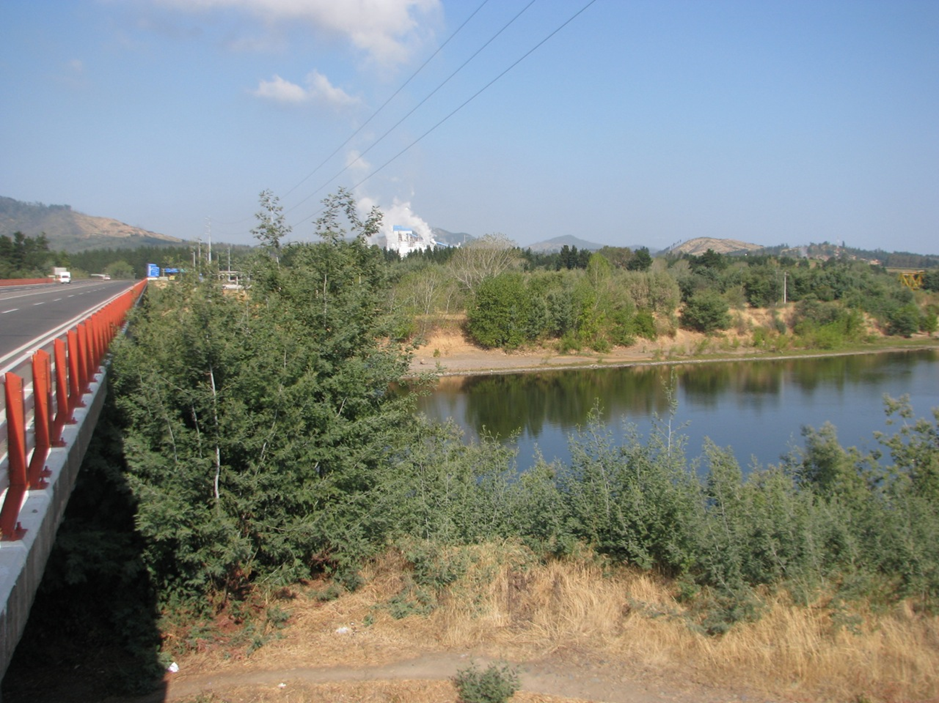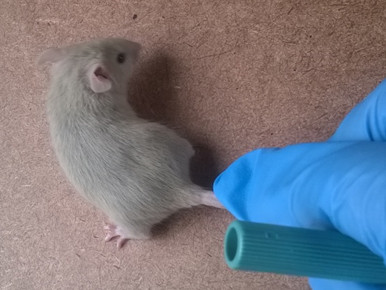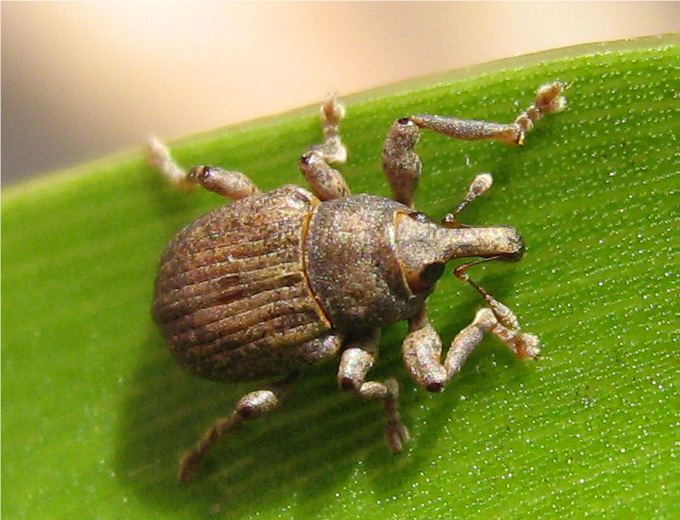Miniature Guttural Toads on Mauritius and Réunion stun researchers
Researchers from the DSI/NRF Centre for Invasion Biology at Stellenbosch University have found that, scarcely a hundred years after Guttural Toads were introduced to the islands of Mauritius and Réunion, their overall body size has been reduced by up to a third compared to their counterparts in South Africa.




